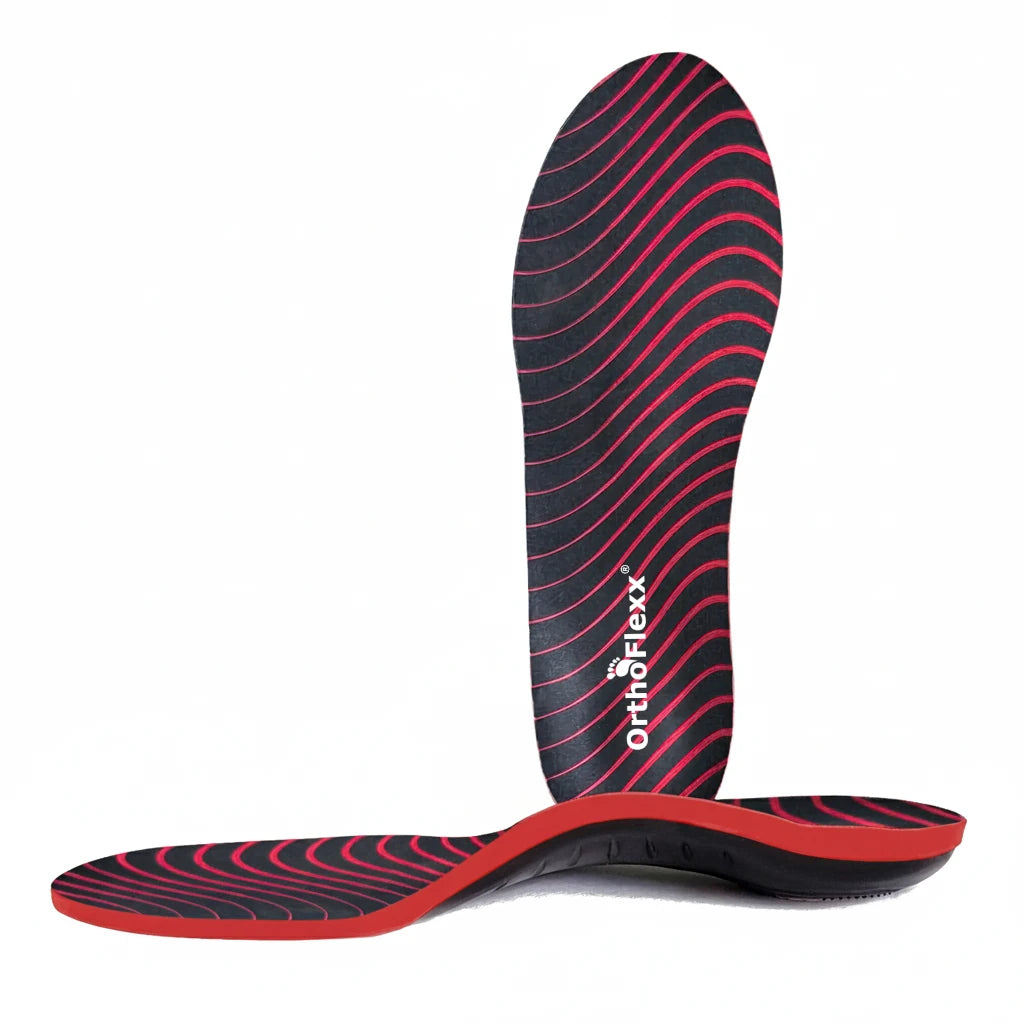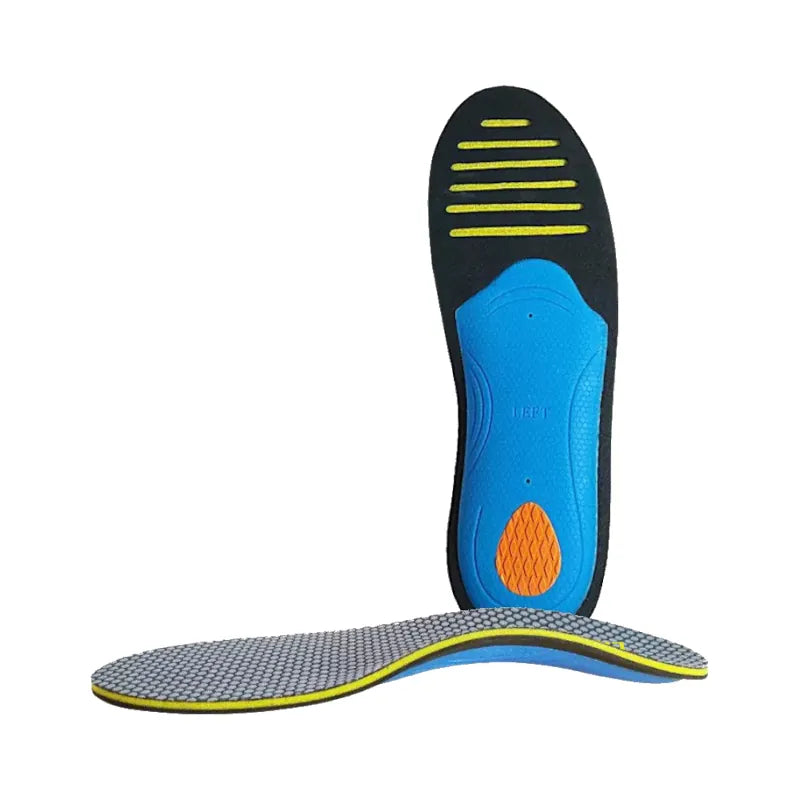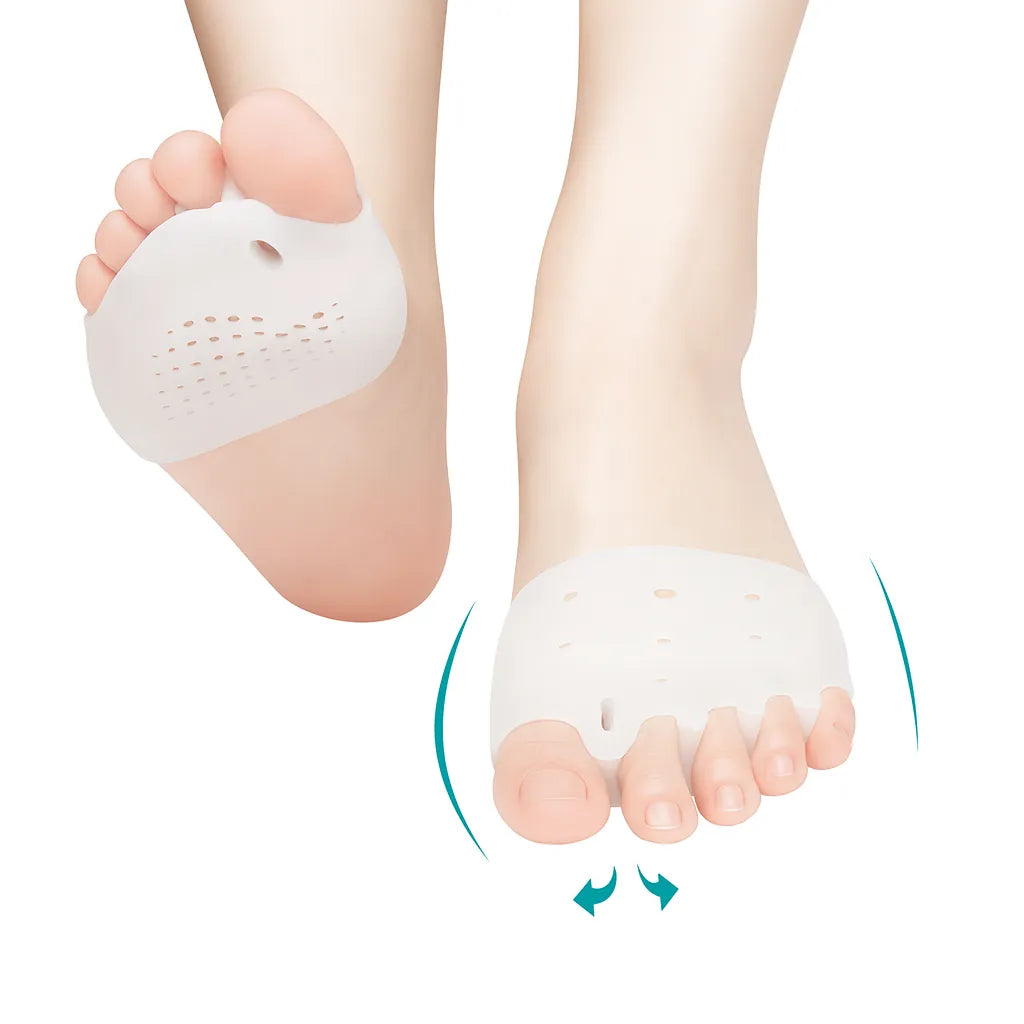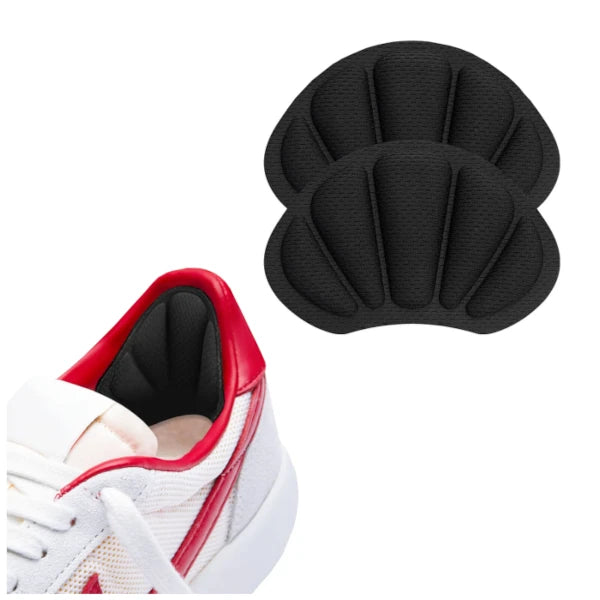
Is plantar fasciitis so bad you can't walk? Here's Your Action Plan
Share
Plantar fasciitis is one of the most common causes of heel pain, a condition involving inflammation of a thick band of tissue, the plantar fascia, that runs across the bottom of your foot and connects your heel bone to your toes. It typically causes a stabbing pain that usually occurs with your first steps in the morning, and although it can go away over the course of the day with movement, it may return after long periods of standing or when you stand up after sitting.
This condition can significantly impact your quality of life, potentially limiting your ability to carry out regular daily activities, including walking or sports activities. Although in severe cases, plantar fasciitis can make walking extremely painful, most people can still manage to walk, albeit with varying degrees of discomfort or pain. Recognizing the early signs and symptoms of plantar fasciitis and adopting an appropriate treatment plan is crucial for managing the condition and avoiding complications. Remember, prevention is the best remedy!

We’re going to suggest you an action plan if your plantar fasciitis is so bad that you can’t walk without feeling pain. We advise you this is a suggestion done by our professional healthcare advisors but you should always consult your doctor before. So, the action plan is:
- Rest - One of the first steps in managing plantar fasciitis is giving your body the opportunity to heal. This involves limiting activities that put a lot of stress on your feet (like running and jumping) or reproduce pain. It may seem difficult to avoid standing or walking, especially if your lifestyle or work demands it, but finding ways to rest your feet as much as possible can help initiate the healing process. Try to do some breaks hourly, to lower the pressure felt on your feet and let the structures rest for a bit. You should feel better after.
- Ice - Regularly applying ice to the affected area can aid in reducing inflammation and relieving pain. Aim to apply an ice pack for about 15 minutes, three to four times daily. You can make an ice pack by wrapping a bag of frozen peas in a thin towel. Never apply ice directly to the skin as it can cause a cold burn and never stay with the ice pack for more than 15 minutes, as it can do the opposite effect if maintained for too long.
- Pain relief - Over-the-counter non-steroidal anti-inflammatory drugs (NSAIDs) such as Ibuprofen can help manage pain and reduce inflammation caused by plantar fasciitis. Pain killers like Paracetamol can also improve quality of life, due to their analgesic effect. Always follow the recommended dosage instructions on the package and consult your doctor or pharmacist if you're unsure.
- Supportive footwear - Your choice of footwear can significantly impact your plantar fasciitis. Avoid going barefoot and try to wear shoes that offer good arch support and cushioning. In particular, ensure your footwear is not worn out, as this can worsen the condition. If your current footwear does not provide sufficient support, consider purchasing orthotics or specialized shoe insoles that help distribute pressure evenly across your foot. Don’t forget your body need to adapt to this new gear and that takes some time, so don’t give up if you don’t feel immediate results.
-
Mobility and strengthening exercises - Engaging in specific mobility exercises can help keep the plantar fascia structure and the Achilles tendon functional, a very important part of the recovery process of this pathology. At the same time, strength exercises can improve the lower leg muscles’ strength, thereby stabilizing your ankle and heel. A physical therapist can provide you with an individualized exercise program suited to your condition and stage of injury.
-
Physical Therapy - A physical therapist can provide more advanced techniques to aid in the treatment of plantar fasciitis. This can include mobility exercises to keep the structure's functionality intact, exercises to stretch the plantar fascia and Achilles tendon, strengthening exercises for lower leg muscles, applying tape to support your foot and reduce strain, and massaging and manipulating the affected area to reduce stiffness and improve functionality. Always consult a chartered professional in order to have a proper rehab process.
- Night Splints - Wearing a night splint can also be beneficial in managing plantar fasciitis. The splint stretches your calf and the arch of your foot while you sleep, thereby maintaining the plantar fascia and Achilles tendon in a lengthened position overnight. This can facilitate stretching and reduce morning pain typically associated with the condition.
If your symptoms persist or worsen after several weeks of employing these self-care strategies, it may be time to consult a healthcare professional. More advanced treatment options may be necessary for severe or persistent cases of plantar fasciitis, including:
- Steroid injections - Steroids, strong anti-inflammatory medications, can be directly injected into the affected area to reduce inflammation and provide pain relief. However, this is not a long-term solution and its repeated use can potentially weaken the plantar fascia and risk rupture.
- Extracorporeal shock wave therapy (ESWT) - This treatment involves using a machine to deliver sound waves to the painful area, potentially stimulating healing within the damaged tissue. While ESWT is not suitable for everyone and its effectiveness is somewhat debated, it may be considered in stubborn cases of plantar fasciitis.
- Surgery - Surgery is typically only considered as a last resort when other treatments have failed and the pain is still severe. The surgical procedure usually involves detaching the plantar fascia from the heel bone. It's important to understand that all surgeries come with risks, so the decision should involve a thorough discussion with your healthcare provider considering all the pros and cons.
All of these more advanced options should be very well discussed with your doctor, considering all the factors involved and keeping in mind that some are not reversible.
Conclusion
The management of plantar fasciitis requires a combination of self-care strategies, lifestyle modifications, and medical treatments. The effectiveness of each treatment can vary from person to person. While managing plantar fasciitis can be a lengthy process, with patience and consistency, most people can expect to see improvements. Always consult with a healthcare professional to create a personalized plan that best suits your needs and prevention measures are always the best option to manage this condition even if you’re not feeling pain at the moment.
Author Bio

Marlene Carvalho
Certified Sports Physiotherapist of Elite and Olympic athletes; Performance Coach to racing drivers
Marlene Carvalho is a sports physiotherapist passionate about all things sports.
References
- Thomas JL, Christensen JC, Kravitz SR, et al. The diagnosis and treatment of heel pain: a clinical practice guideline-revision 2010. J Foot Ankle Surg. 2010;49(3 Suppl):S1-19. DOI: 10.1053/j.jfas.2010.01.001.
- Lareau CR, Sawyer GA, Wang JH, DiGiovanni CW. Plantar and medial heel pain: diagnosis and management. J Am Acad Orthop Surg. 2014;22(6):372-80. DOI: 10.5435/JAAOS-22-06-372.
- Derry S, Moore RA, Rabbie R. Topical NSAIDs for chronic musculoskeletal pain in adults. Cochrane Database Syst Rev. 2012;9:CD007400. DOI: 10.1002/14651858.CD007400.pub2.
- Fong DT, Pang KY, Chung MM, Hung AS, Chan KM. Evaluation of combined prescription of rocker sole shoes and custom-made foot orthoses for the treatment of plantar fasciitis. Clin Biomech (Bristol, Avon). 2012;27(10):1072-7. DOI: 10.1016/j.clinbiomech.2012.07.008.
- Aqil A, Siddiqui MR, Solan M, Redfern DJ, Gulati V, Cobb JP. Extracorporeal shock wave therapy is effective in treating chronic plantar fasciitis: A meta-analysis of RCTs. Clin Orthop Relat Res. 2013;471(11):3645-52. DOI: 10.1007/s11999-013-3132-z.













